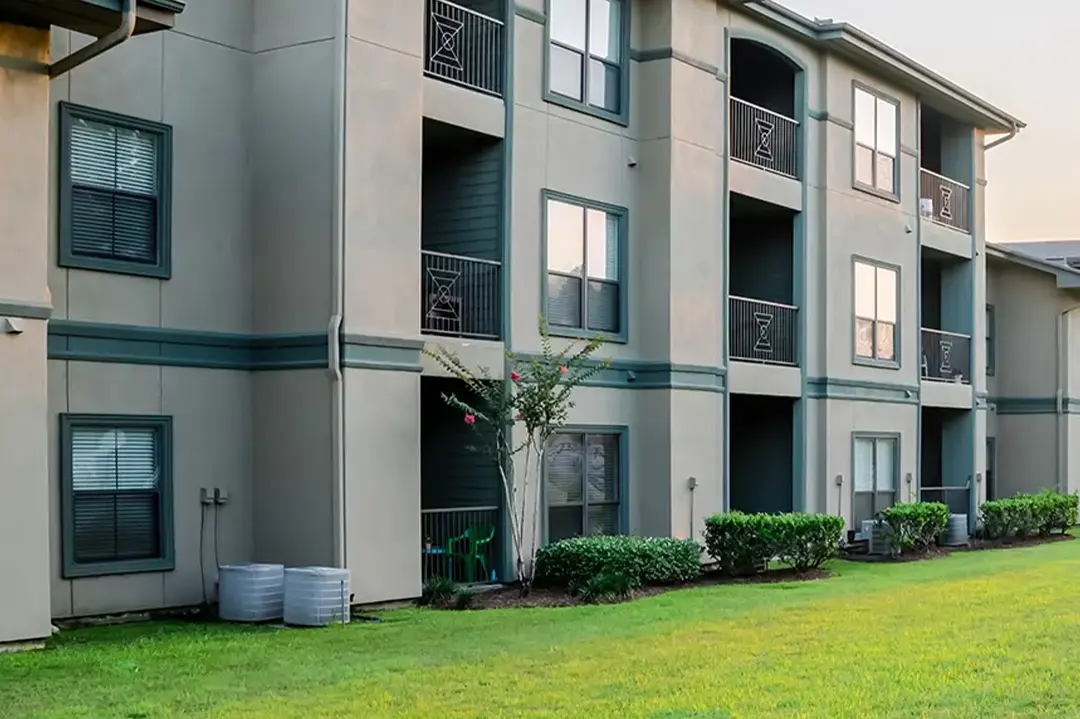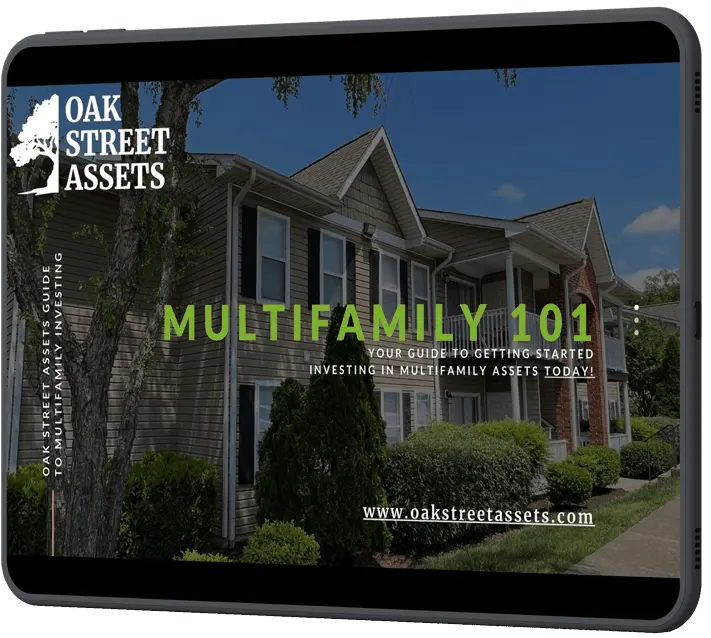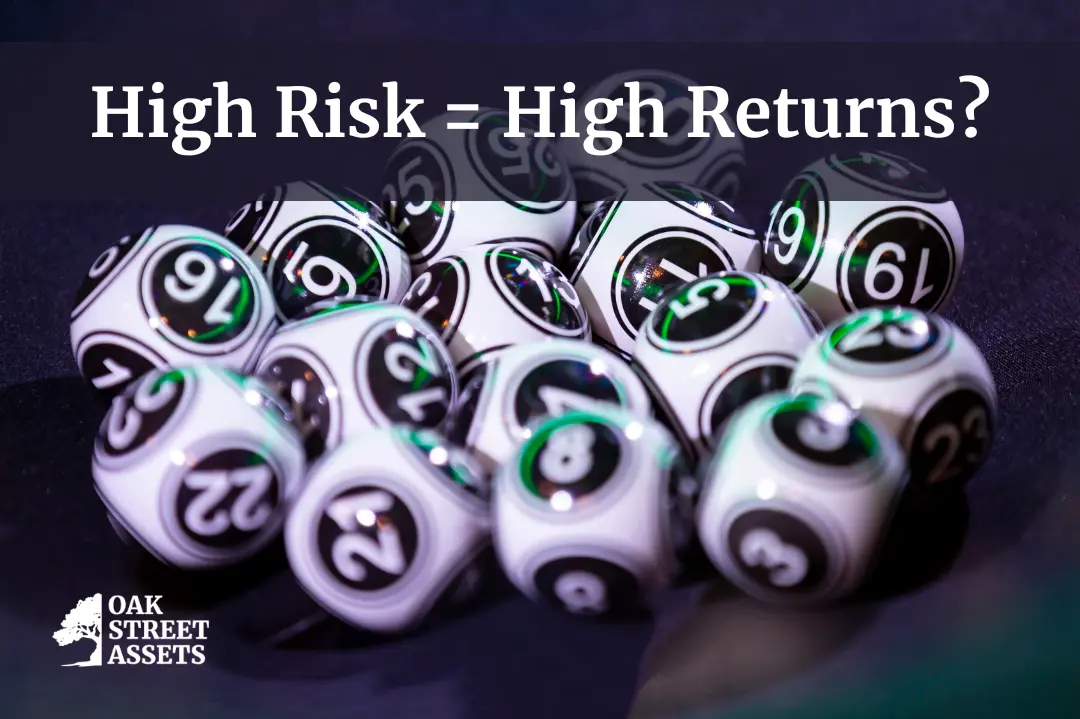“Landlords grow rich in their sleep without working, risking or economizing..”
— John Stuart Mill
Why invest in Multifamily Real Estate?
What is Multifamily real estate?
Multifamily real estate, the largest sector of commercial real estate, is a term used to describe properties with more than five residential units. Most often, this term refers to an apartment building or apartment complex. The multifamily sector is considered one of the most “defensive” areas of real estate as apartment buildings tend to be less prone to economic cycles, since everyone needs a place to live, even when a drooping economy might cause significant vacancies in other types of commercial space.
Multifamily buildings are different by location (urban or suburban) and size of construction. Garden apartments are multi-family apartment buildings with three floors or fewer; mid/high-rise are multi-family buildings with four floors or higher. All real estate properties, Multifamily included, are classified into four asset classes: class A, B, C and D, depending on the overall quality of the property.
Class A apartments are the highest quality multifamily properties. They are usually new developments in the best neighborhoods, with the best finishes, and also present with the highest cost. These features makes Class A investments less risky but these properties also provide correspondingly lower financial returns.
Class B and C assets are the sweet spot for multifamily investors as they provide strong financial returns with still only moderate risks.
The bottom of multifamily apartments are Class D. These buildings are often falling apart, have unreliable tenants and are located in rougher areas of town. Renovating low end apartments in areas undergoing gentrification can provide great returns but at much higher risk.
Why invest in Multifamily?
Higher & Consistent Returns
Average annualized returns 12-20%.
Low Risk / Hard Assets
Investments are secured by physical property.
Preferred Returns
Investors get paid before Operators.
Cash Flow
Income payments, typically quarterly.
Tax Friendly
Depreciation and expense deductions as well as lower rates.
Hedge Against Inflation
Asset values goes up with inflation.
Passive
Sponsors sign on any loans and do all the work, capital partners simply receive returns and an annual K1 report for tax filing.
Why Multifamily is better than Single Family Rentals?
What is Value-Add opportunity?
When you should NOT invest in Multifamily?
Although there are many advantages to investing in multifamily real estate, there are a few cons any potential investor should consider.
First of all, the cost of acquiring apartment buildings can range from $1 million to over $100 million. This is a considerable barrier to entry for most investors. Partnering with others is a common way to overcome this obstacle (read about syndications below). Management of many apartments can be demanding and also requires an experienced team. Competition in the commercial real estate spaces is very high and can be yet another obstacle for investors. Having experience in the market and established relationships are very important and can take years to develop.
Factors that individuals should consider before investing in Multifamily syndications are:
Not Liquid
If you need liquidity in your investment, multifamily syndications may not be the right fit for you. Typical investments in syndications require several years of committed funds. Note: special circumstances can typically be accommodated.
Larger Investments
Most real estate syndications require minimum investments of $50,000 or $100,000. Which, for anyone, is a LOT of money. It could very well be an entire year’s salary for some people.
No Control
General Partners in a syndication have control over the asset while Limited Partners/Capital Partners do not. If you like more control over the general operations and business plans, multifamily syndications may not be a good fit for you.
Novel Investment
Passive investing can be very different from traditional investments and may take some getting used to. Your relationship with the General partner(s) is very important as they do all the work. It may take some time and research to get comfortable with this type of investing.

What is a Real Estate Syndication?
Who are the players in a Syndication?
Sponsor
There is a person or company that organizes the real estate syndication and are responsible for finding and managing the property. They are interchangeably known as the Sponsor, Operator, or Syndicator and depending on the legal structure of the organization created for the investment, the Sponsor is technically known as the General Partner (GP) or Manager.
Investors
The people who provide the capital are often referred to as Passive Investors or Limited Partners (LPs) or Members depending on the legal structure. Limited Partners receive an equity share in the syndication along with cash flow distributions and profits.
Investors get perks of Real Estate investing, BUT no tenants, no fixing toilets and broken doors…
Limited Partners/Capital Partners sit back and get quarterly preferred return payments (and a K1 to give to your tax preparer/CPA).
What is a preferred return?
A preferred return on an investment means that the Limited Partner gets paid their share of profits BEFORE any other partners. A Sponsor gets paid only AFTER investor/capital partners receive their distributions up to the specified allotment and any remaining profits are shared according to the deal structure. Such an arrangement assures Limited Partners that their interests come first and keeps the interests of all parties aligned.
Different Investments can offer a variety of Investor classes, some of which may be only preferred returns (10-12% annually) while other may offer a smaller annual preferred return (5-8%) but with retained interests in the project for a significant upside at disposition. Some people prefer the annual cash flow, some prefer the larger profits at sale, and others the tax benefits. Most syndications provide some of each of these, although each deal is unique due to the many variables.
Additional profit sharing after the preferred return payouts can vary from [75:25] to [50:50] (Investor:Sponsor) depending on deal criteria and investor class. Such equity investments return structures are project specific and can allow for significantly greater rates of return.
“Don’t wait to buy real estate. Buy real estate and wait.”
— WILL ROGERS





